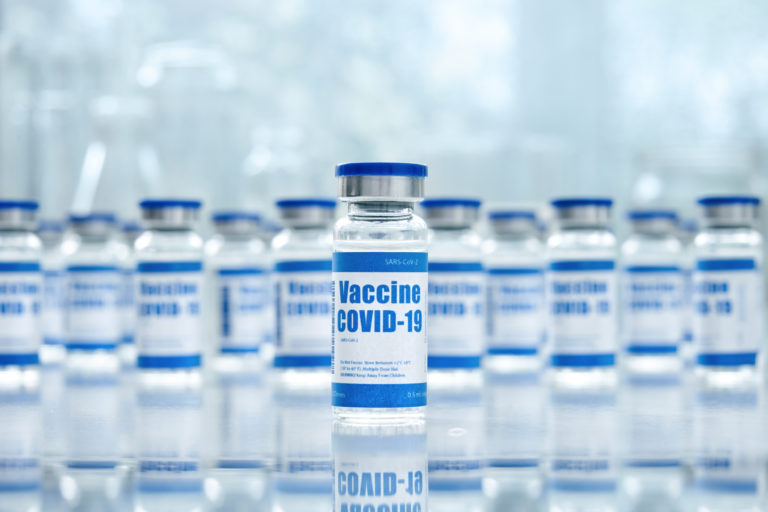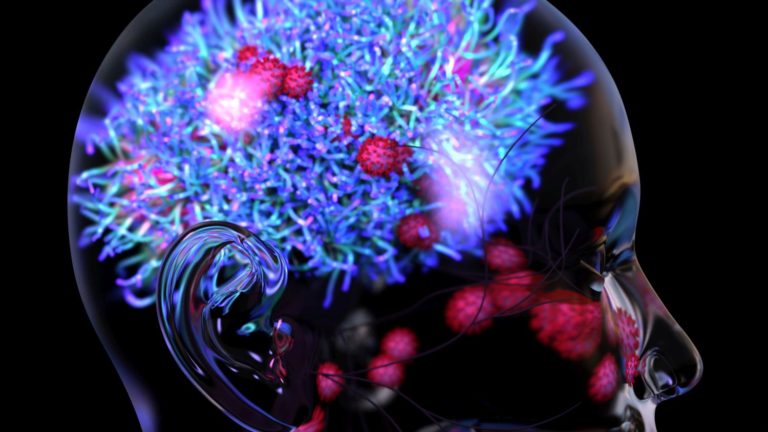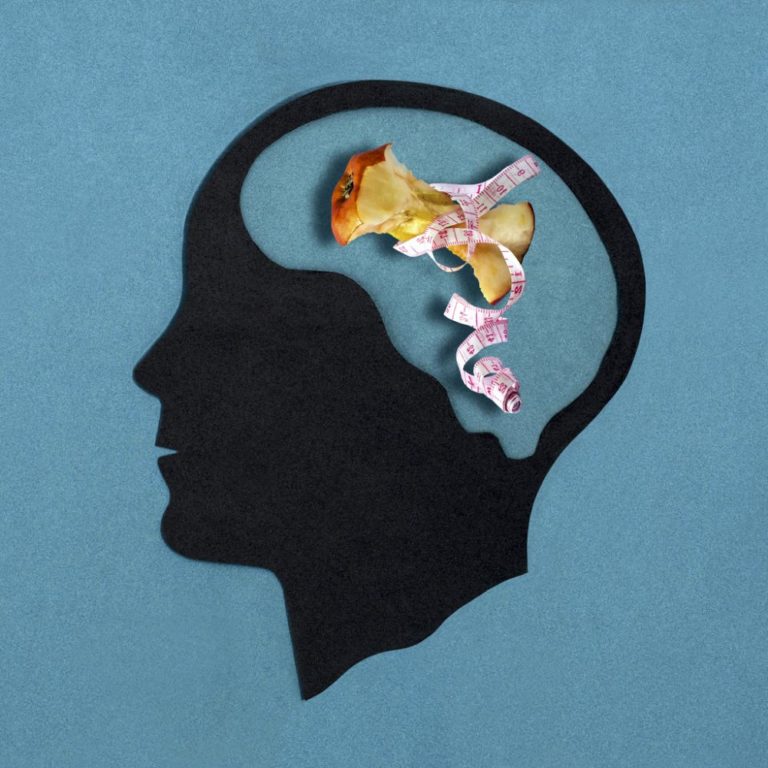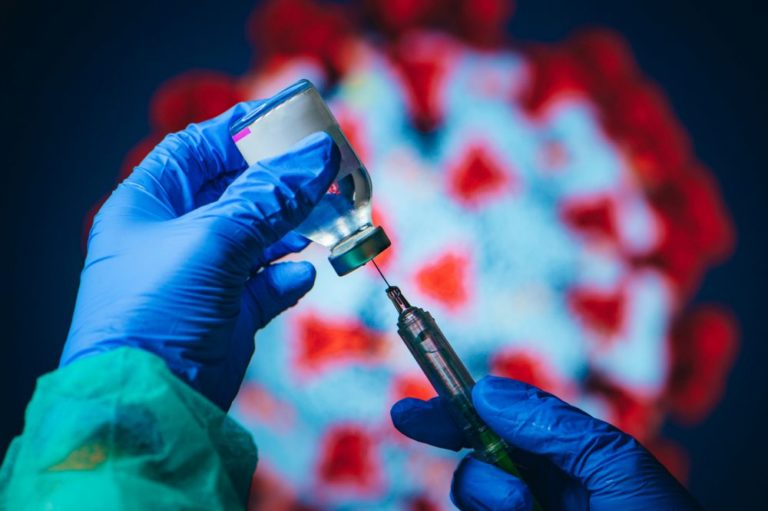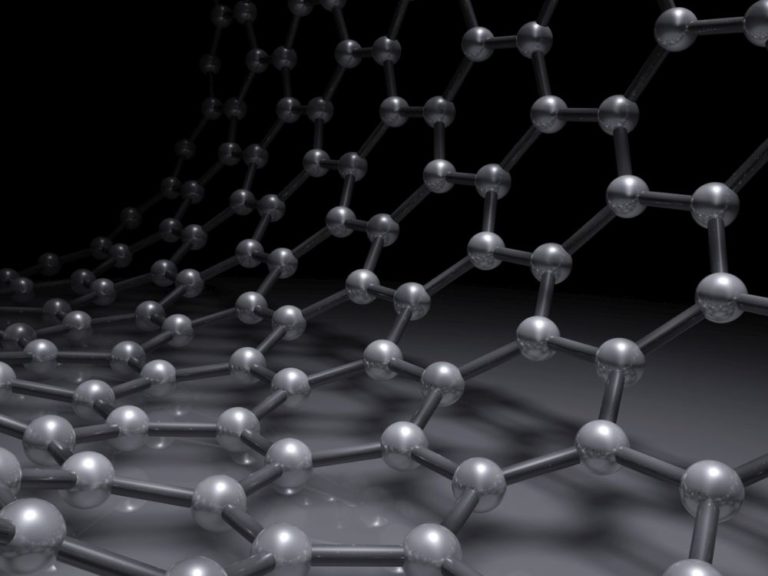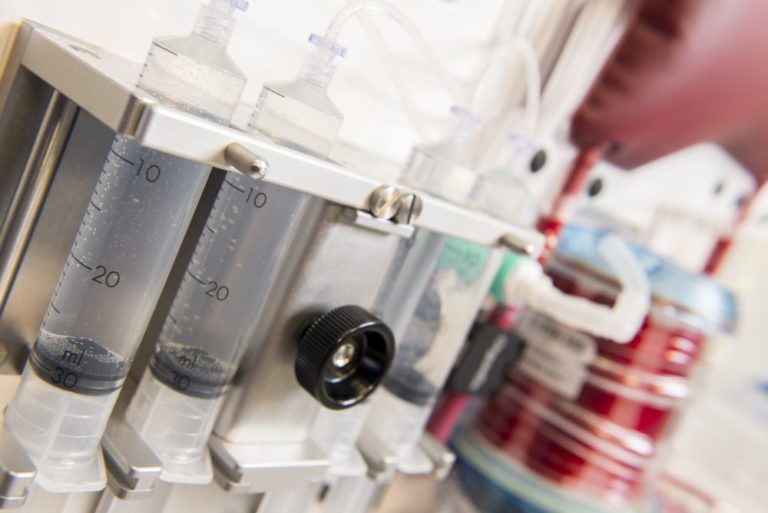New Advances in Neurostimulation for Chronic Pain https://www.embs.org/pulse/wp-content/uploads/sites/13/2021/02/Allen-iStock-1208838016.jpg 2210 1356 IEEE Pulse //www.embs.org/pulse/wp-content/uploads/sites/13/2024/03/ieee-pulse-logo-dsktp2x.png
Around 50 million people in the United States live with—and suffer from—chronic pain. While some pain patients receive relief from physical therapy, medication, or surgery, others aren’t helped by these treatments. “It’s a debilitating situation,” says Ryan Lakin, divisional vice president of R&D at Abbott. “Patients have trouble just living a normal life, doing a lot of things that we take for granted.” read more




